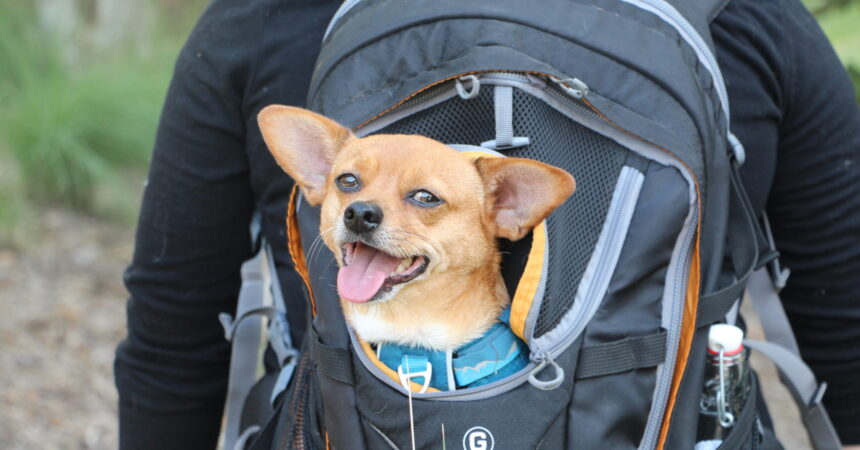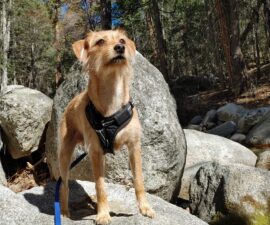Michelle Curtis is a senior research associate in recovery ecology at San Diego Zoo Wildlife Alliance.
These Conservation Canines Have What It Takes to Locate Endangered Mountain Yellow-legged Frogs
Scent detection dogs hold the potential to advance conservation goals across San Diego Zoo Wildlife Alliance’s Southwest Conservation Hub by helping to assess the presence or absence of endangered mountain yellow-legged frogs in habitats where they have been reintroduced, during population surveys.
So, what does it take to create a successful San Diego Zoo Wildlife Alliance canine detection team? Two of the biggest challenges are the rugged terrain and seasonal temperature fluctuations in the mountainous streams and lakes that are the native habitats for mountain yellow-legged frogs. Today’s “Frog Dog” team includes dogs of many different sizes, coats, and detection styles. And this mix is critical to the success of our program, as each dog has physical and behavioral traits and abilities that make them ideal for different situations.
Meet the Team
In the small canine conservation category, our chihuahua mix Bighetti weighs just about 10 pounds. His smaller size makes him well suited for being carried in a specially designed backpack. Bighetti’s backpack helps him conserve his energy for searching streambeds, and comes in handy when he and his human companion need to scale mountainous terrain with waterfalls. Like most chihuahuas, Bighetti prefers warm sunny days when searching for frogs, and would rather stay home nestled in a blanket on colder winter days.
In the medium canine category, we have two English cocker spaniels, Cooper and Cali, and a rescued miniature pinscher mix named Mr. Pickles. These three each weigh between 15 and 25 pounds—making them small enough to fit into tight spaces and be easily lifted over boulders and fallen trees by their human companions, but tough enough to navigate terrestrial environments, participate in longer searches, and join our field conservationists during winter months. While these three are similar in size, they each differ in search strategy. Cooper and Cali tend to cover an area quickly and slow down only when they encounter their target odor. Mr. Pickles, on the other hand, prefers a slower, more relaxed search style, but comes alive when he detects the scent of a nearby mountain yellow-legged frog. Each of their styles complement one another, and together they make an incredible team.
The largest frog dogs are Luna, a rescued “village dog,” and Tilly, an Australian working-dog mix. Luna and Tilly each weigh about 40 pounds, and both have a high degree of athleticism. They enjoy long searches across a variety of landscapes, terrain, and seasons. Like Mr. Pickles, Luna’s style is slow and methodical, allowing her human companion to easily follow along with her—even in more complex environments. On the other hand, Tilly is a large-area searcher; she likes to work in large circles, looping inward until she closes in on the target.
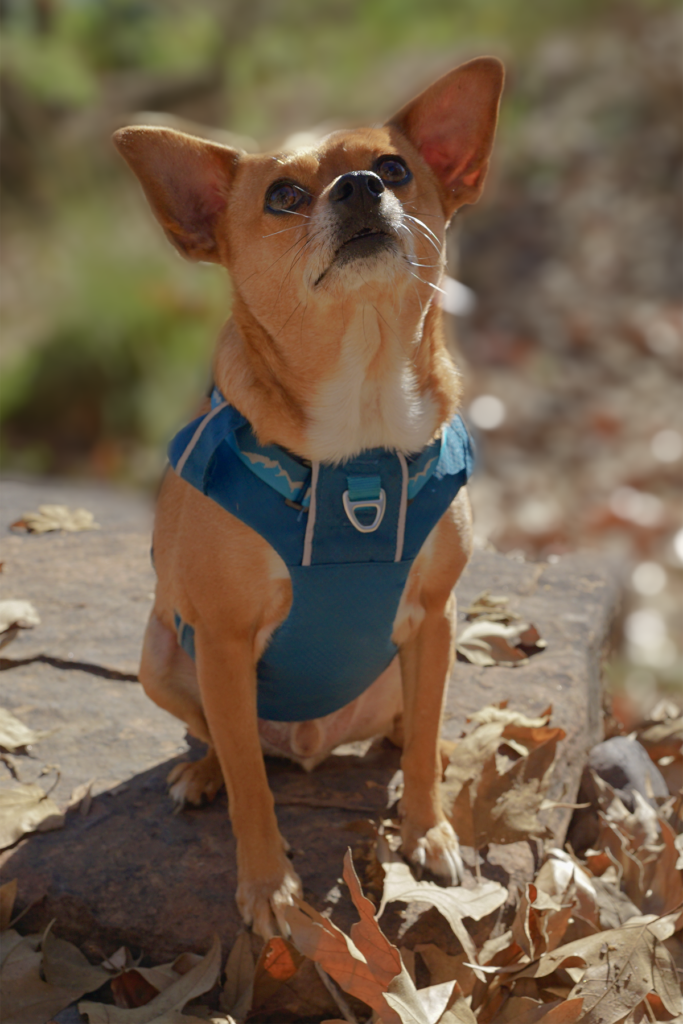
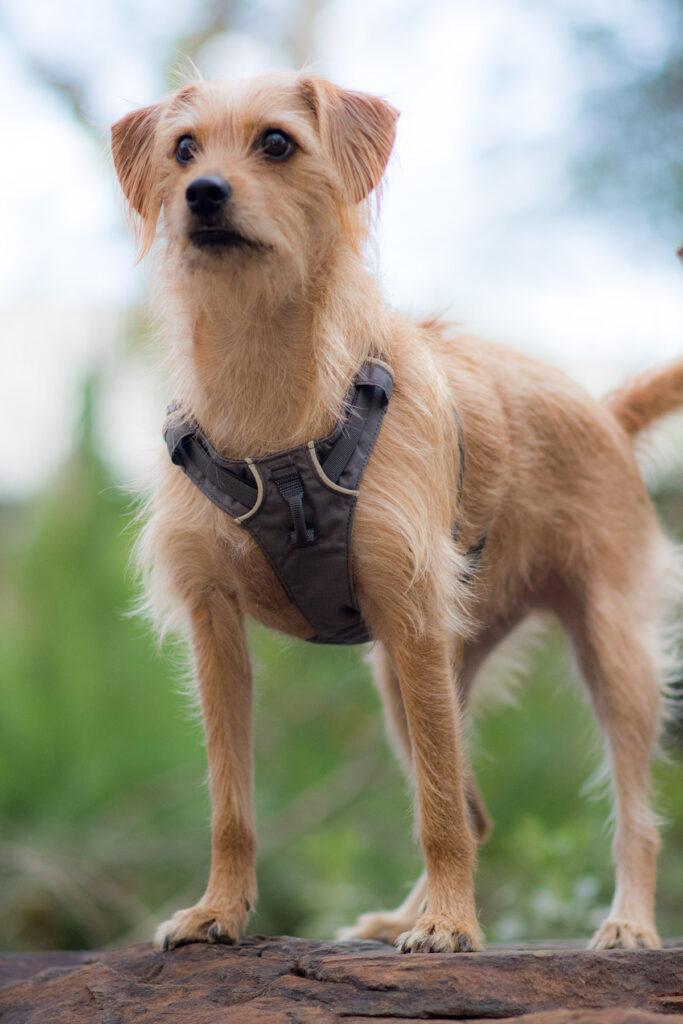
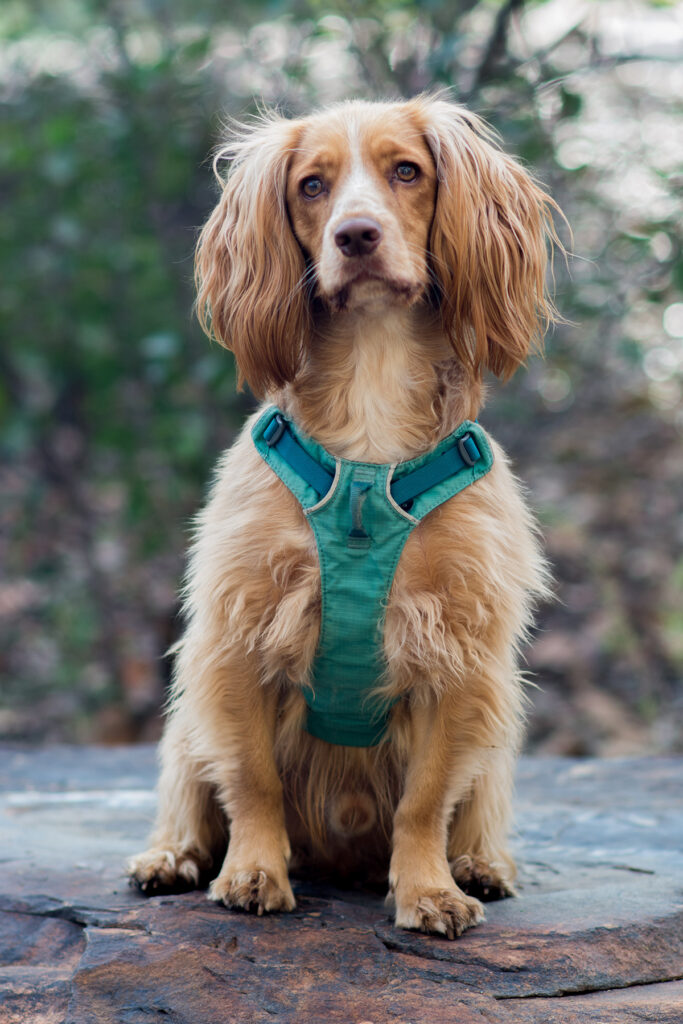
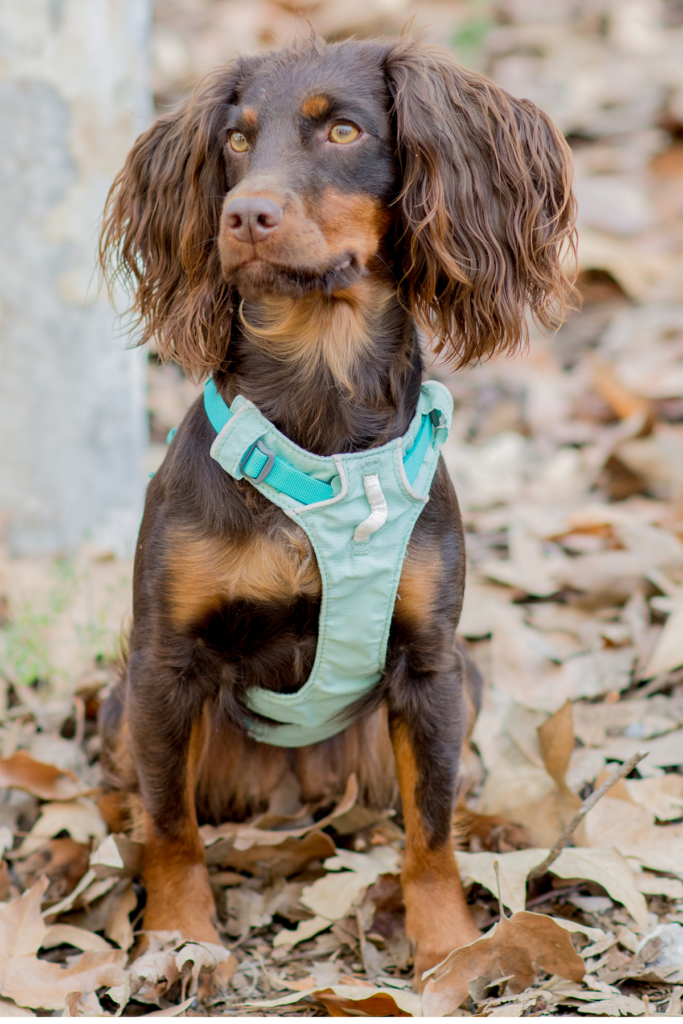
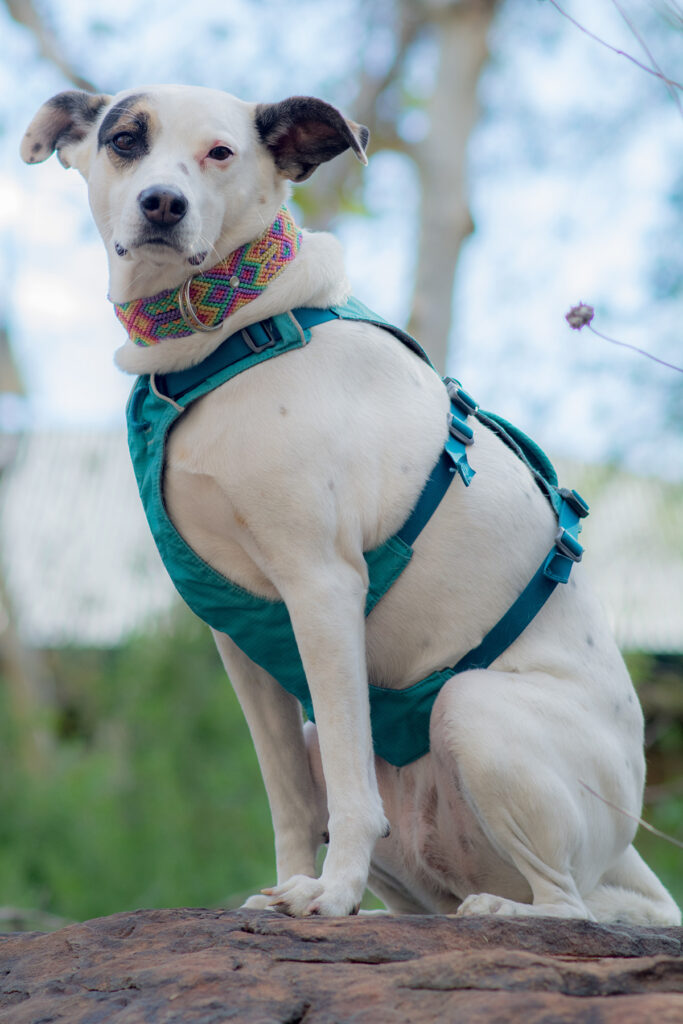
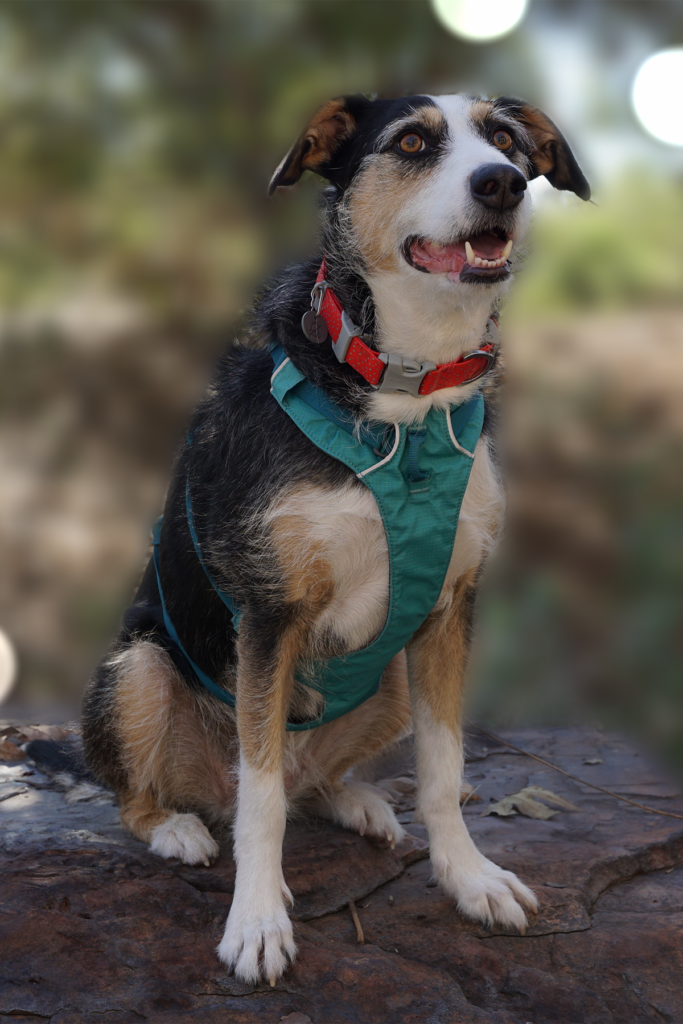
What Makes a Great Frog Detection Dog?
Most dogs learn to sniff out a target odor, and there is not one particular breed, age, or sex that is most appropriate for every job. However, not every dog is cut out to be a conservation canine. They each have different learning styles, communication preferences, and individual preferences.
Some of the characteristics we look for when considering a dog for scent detection include passion for the game, dedication to the pursuit, and a level of independence that allows them to problem-solve in the field. Our current frog dogs include canines of various sizes, personalities, and search styles. Together, we make a great team, helping reintroduced endangered mountain yellow-legged frogs thrive in their native Southern California habitats.

